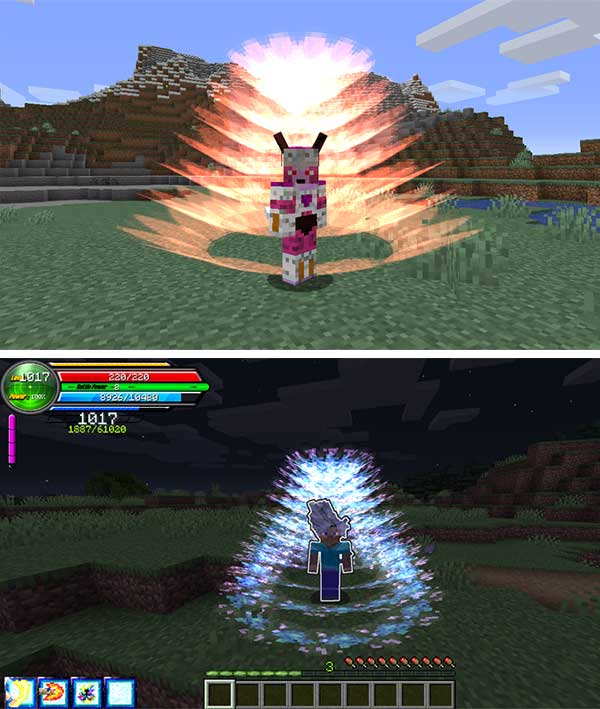

Remember that you'll need to use a flat end mill to cut holes and board outline.If you still see warnings around traces, try adding a 0.003” PCB engraving bit (30°), and if you see warnings around a hole, add a 1/64" flat end mill. If you don't see red warnings, then keep those tools selected. If there are, keep the 1/32" flat end mill selected, and chose the 0.005” PCB engraving bit (30°).
#DRAGON SPRING A BIT BLOCK M IN BANTAM SOFTWARE#

If the board requires precise three-dimensional trace geometry, a flat end mill will provide the best results.If the board requires 6 mil trace and space, then a 0.003” PCB engraving bit (30°) is required.If the board requires sub-10-mil trace-and-space, an engraving bit is required.The engraving bit will be much faster than a 1/64" flat end mill, and has a smaller cutting diameter so it can cut smaller features. If your board has features that require a tool smaller than a 1/32" flat end mill, then most often the best choice is to select a 30° PCB engraving bit.If the spacing on your PCB is large enough to be milled with only a 1/32" or larger tool, use a 1/32" flat end mill to mill traces, holes, and outlines without requiring a tool change.While every PCB design is different, here are some rules of thumb to use when choosing tools for a job: Should I use a flat end mill or an engraving bit? A flat end mill must be selected to mill holes and the board outline. Also, while engraving bits are great at isolating traces and pads, they cannot cut holes or the board outline. Also, the profile of the resulting traces are tapered, not flat, which may have implications for boards that require precise trace geometries (i.e. You’ll want to account for the thickness of double-sided tape or other fixturing to ensure proper depth. Because the width of the engraving tool varies based on depth, warped or inaccurately measured boards can result in inaccurate traces. Because of their taper, they’re not suitable for clearing large areas of material or for milling through-holes or board outlines. This makes them a great solution for quickly milling circuit boards with small features, and the recommended option for milling all traces that are too small to be milled with a 1/32" flat end mill.Įngraving bits also have tradeoffs. Even very narrow engraving bits can mill successfully at comparatively high speeds and in only one pass.

Because engraving bits are tapered, they’re made of more metal and are stronger and less prone to breaking than their end mill counterparts. To avoid breakage, they require slower feeds and speeds, multiple passes, and can result in long milling jobs.Įngraving bits are a fantastic alternative to flat end mills for some milling traces and pads. Smaller tools, particularly 1/64" and smaller, are fragile and can be easy to snap. Flat end mills are also great at clearing large areas of material, and large flat end mills can remove material very quickly.įlat end mills do have downsides, however. Their straight profiles and consistent diameters ensure that milled traces are of a consistent width, even if the FR-1 PCB blank used isn’t perfectly flat. Traditionally, we’ve recommended using flat end mills when milling PCBs on the Bantam Tools Milling Machine. This guide provides background information on why you might want to use engraving bits to mill PCBs, tips on choosing an engraving bit, and step-by-step configuration details.


 0 kommentar(er)
0 kommentar(er)
